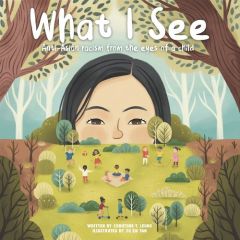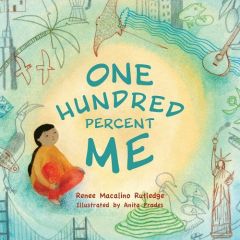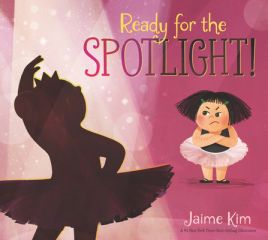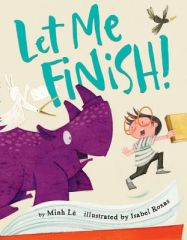



September 2022 Newsletter
Leonard Chan
Executive Editor
Events
October 2, 10:30am-4:30pm: 17th Annual Millbrae Japanese Culture Festival (we'll be there)
Author Oliver Chin and Mina Harada Eimon will join us
Milbrae Library, Milbrae, CA
------------------
October 2: Orange County Children's Book Festival
Orange Coast College, Costa Mesa, CA
------------------
October 21-22: Poston Pilgrimage
Parker, AZ
If you have an event that you would like us to mention and or to participate in, please feel free to let us know.
Cow 1 is Not Cow 2
Under the rising sun
The enemy came
Wearing my face.
After Pearl Harbor, I became the enemy
After 9/11, the enemy was Islam.
After Covid-19, it was China.
Now the enemy wears Putin’s face.
.
Putin brutalizes Ukraine
Your Russian neighbor looks like Putin,
Speaks Putin’s language, but he is not Putin.
Cow 1 is not Cow 2.
.
My ancestors bombed Pearl Harbor,
I look like my ancestors.
Careful, careful, Cow 1 is not Cow 2.
Such a simple, uncomplicated rule.
Semanticist Dr. S.I. Hayakawa wrote “Cow 1 is not Cow 2” on the blackboard when I was a young college student in Hawaii. The class topic was on how language and our perceptions often lead to racism. He explained: “You are driving along the country road and you see a cow. Further down the road, you see another cow. That cow is not the first cow you saw. A black man robs you at gun point. The next black man you see is not the man who robbed you. An Asian rudely cuts in front of you at the cashier. All Asians are not that Asian who cut in front of you. Cow 1 is not Cow 2.”
On another day he passed out his publication titled ETC, on general Semantics.
“One evening,” he began...
Wait Wait, Don’t Look Away
By Leonard Chan
Did you see the Ken Burns, Lynn Novick, and Sarah Botstein documentary The U.S. and the Holocaust? If you didn’t see it, why not?
Are you a supporter of movements such as “Stop AAPI Hate” or other anti-racism movements and didn’t watch this program? Here’s why you should.
Reader's Book Review
End of Summer: An Amerasian Tragedy
From the foreward of this book by Frances H. Kakugawa
Under the rising sun,
the enemy came,
wearing my face.
End of Summer returned me, not to the fact that we were treated like the enemy, but to three basic Japanese teachings I grew up with: Shikata ga nai (it can’t be helped, it is what it is), Gaman (to endure the unbearable with patience and dignity) and Bachi (Divine punishment or Karma)
Two cultures meet on American soil, immigrants from Germany and Japan, to live the American dream. As the story unfolds, a piece of farmland, taken from the Japanese when they are sent to an internment camp, becomes more than property – and the consequence of a decision made by both the German and Japanese extend into their future generations.
The story is told behind a silk fan, the quiet and dignified undercurrents and loud silences, half concealed, become a pair of threads from both cultures that weave together throughout the story. As with others of Dan Shanahan’s works, there is that large twisting gasp at the end . . . so the reader is advised not to skip to the ending. You need to experience this gasp exactly where it appears. The beautiful use of language and the well-developed characters from two cultures will endure long after you read the last word.
Featured Books
View full descriptions of all these featured books at Bookshop.org where you'll also have the opportunity to purchase them.
Children's Books
Books for Diwali
Books to Get You in the Mood for Halloween
Music and Art
Copyright © 2022 by AACP, Inc.